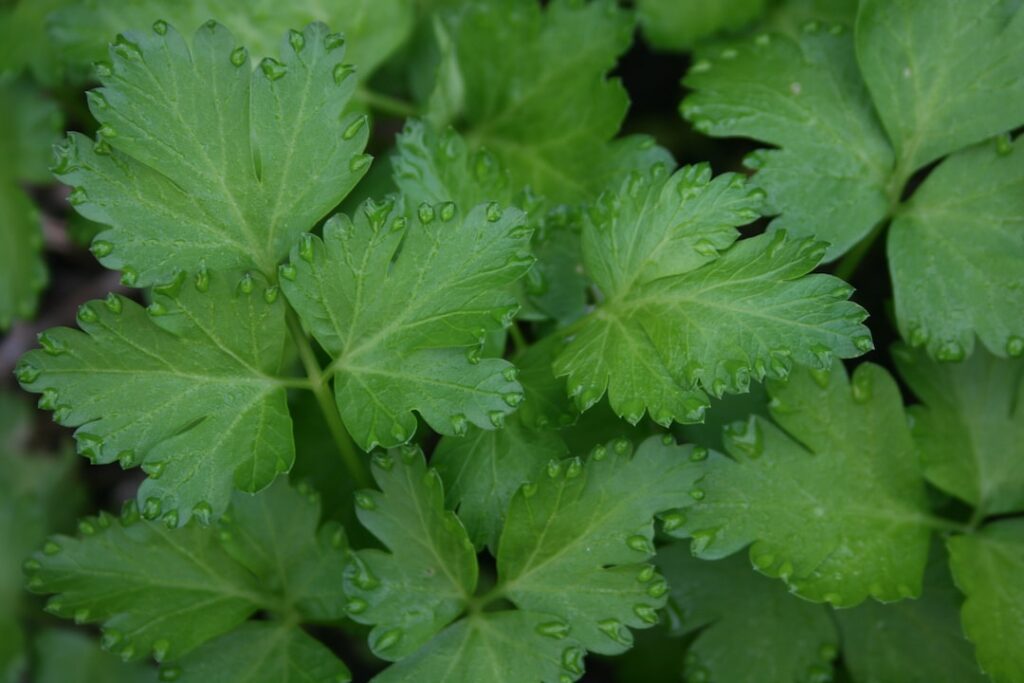Harvesting Parsley: How to Ensure a Bountiful Yield
Parsley is not just a garnish for your favorite dishes; it is a versatile herb that can take your culinary experience to the next level. Whether you are growing parsley in your garden or in a pot on your balcony, knowing the best practices for harvesting and maintaining this herb is crucial. In this comprehensive guide, I’ll walk you through the process of harvesting parsley, share some surprising statistics about parsley cultivation, and provide tips on incorporating parsley into your daily life.
Surprising Statistics about Parsley
To pique your interest, consider the following surprising statistics about parsley cultivation:
– According to the Food and Agriculture Organization (FAO), the global production of fresh parsley reached over 3 million metric tons in 2019, showcasing the widespread popularity and demand for this herb.
– In the United States alone, over 70 million pounds of parsley are produced annually, demonstrating its significance in the culinary landscape.
Now that you’re intrigued, let’s delve into the essential steps for harvesting parsley and ensuring a continuous bounty of this delightful herb.
When to Harvest Parsley
Parsley is typically ready for harvesting around 70 to 90 days after sowing the seeds. The best time to harvest parsley is in the morning when the essential oils responsible for its flavor and aroma are at their peak.
How to Harvest Parsley
1. *Selecting the Right Stems*: Look for stems with fully developed leaf segments and vibrant green color. Avoid harvesting excessively young or tough, woody stems.
2. *Choosing the Right Tools*: Use a sharp pair of gardening scissors or pruning shears to snip the parsley stems. This ensures a clean cut and promotes healthy regrowth.
3. *Trimming Method*: When harvesting parsley, aim to trim no more than one-third of the plant at a time. This allows the remaining portion to continue thriving and producing new growth.
Storing Harvested Parsley
Once you’ve harvested your parsley, it’s essential to store it properly to maintain its freshness and flavor.
Storing Fresh Parsley
– *Water Method*: Place the cut stems in a glass of water, similar to how you would store fresh flowers. Cover the leaves loosely with a plastic bag and refrigerate. Change the water every few days to prolong the parsley’s shelf life.
– *Refrigeration*: For longer-term storage, wrap the stems in a slightly damp paper towel and store them in a resealable plastic bag in the refrigerator. This helps retain the herb’s moisture and crispness.
How to Incorporate Parsley into Your Daily Life
Now that you’ve successfully harvested and stored your parsley, it’s time to explore different ways to incorporate this versatile herb into your daily meals.
Culinary Uses of Parsley
– *Flavorful Garnish*: Sprinkle chopped parsley over your favorite dishes to add a burst of freshness and color. It complements everything from soups and salads to pasta and grilled meats.
– *Herbaceous Pesto*: Blend parsley with garlic, nuts, and olive oil to create a vibrant and flavorful pesto sauce. This versatile condiment elevates the taste of sandwiches, pasta, and roasted vegetables.
How to Grow Parsley at Home
To enjoy a continuous supply of fresh parsley, consider growing this herb at home. Whether you have a garden, balcony, or even a sunny windowsill, parsley can thrive in various environments.
Tips for Growing Parsley
– *Ideal Growing Conditions*: Parsley thrives in well-draining, fertile soil and prefers partial to full sunlight. Ensure adequate moisture for the soil, and consider using a quality organic fertilizer to nourish the plants.
– *Regular Care*: Keep an eye on watering needs, and prune the plants regularly to encourage bushier growth. Additionally, protect the plants from pests to ensure a healthy yield.
Summary
In conclusion, harvesting parsley is a rewarding endeavor that offers not only a flavorful addition to your culinary creations but also a sense of accomplishment. By understanding when and how to harvest parsley, storing it effectively, and incorporating it into your daily cooking, you can elevate your meals and embrace the joy of homegrown produce. Whether you choose to grow parsley in your garden or simply keep a pot on your kitchen windowsill, the fresh aroma and vibrant taste of parsley can become a delightful staple in your daily life. So, go ahead, savor the joys of harvesting parsley, and let its green goodness enrich your culinary adventures!











